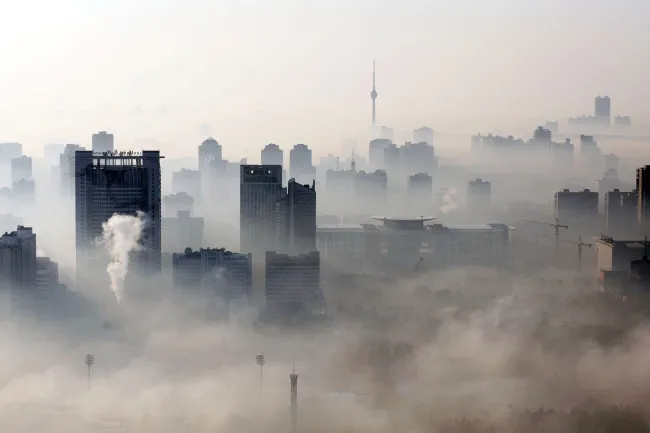What is air quality?
Indoor air quality is determined by several key elements: the availability of fresh air, cleanliness, temperature and humidity levels. Oxygenated air promotes better well-being, and cleanliness is achieved by eliminating dust and other impurities.
Temperature and humidity affect the comfort and health of the room. These aspects, regulated by GOST 30494-2011, affect the assessment of the microclimate in residential and public buildings.
Air cleanliness is regulated by the SanPiN 1.2.3685-21 standard "Hygienic standards and requirements for ensuring the safety and (or) harmlessness of environmental factors for humans", which specifies the maximum permissible concentrations of harmful substances in the air.
To assess the freshness of the air, the standards of the code of rules SP 60.13330.2016 "Heating, ventilation and air conditioning" are used.
Below is a table with summarized information on various aspects of air quality in residential premises, according to established standards and regulations.












